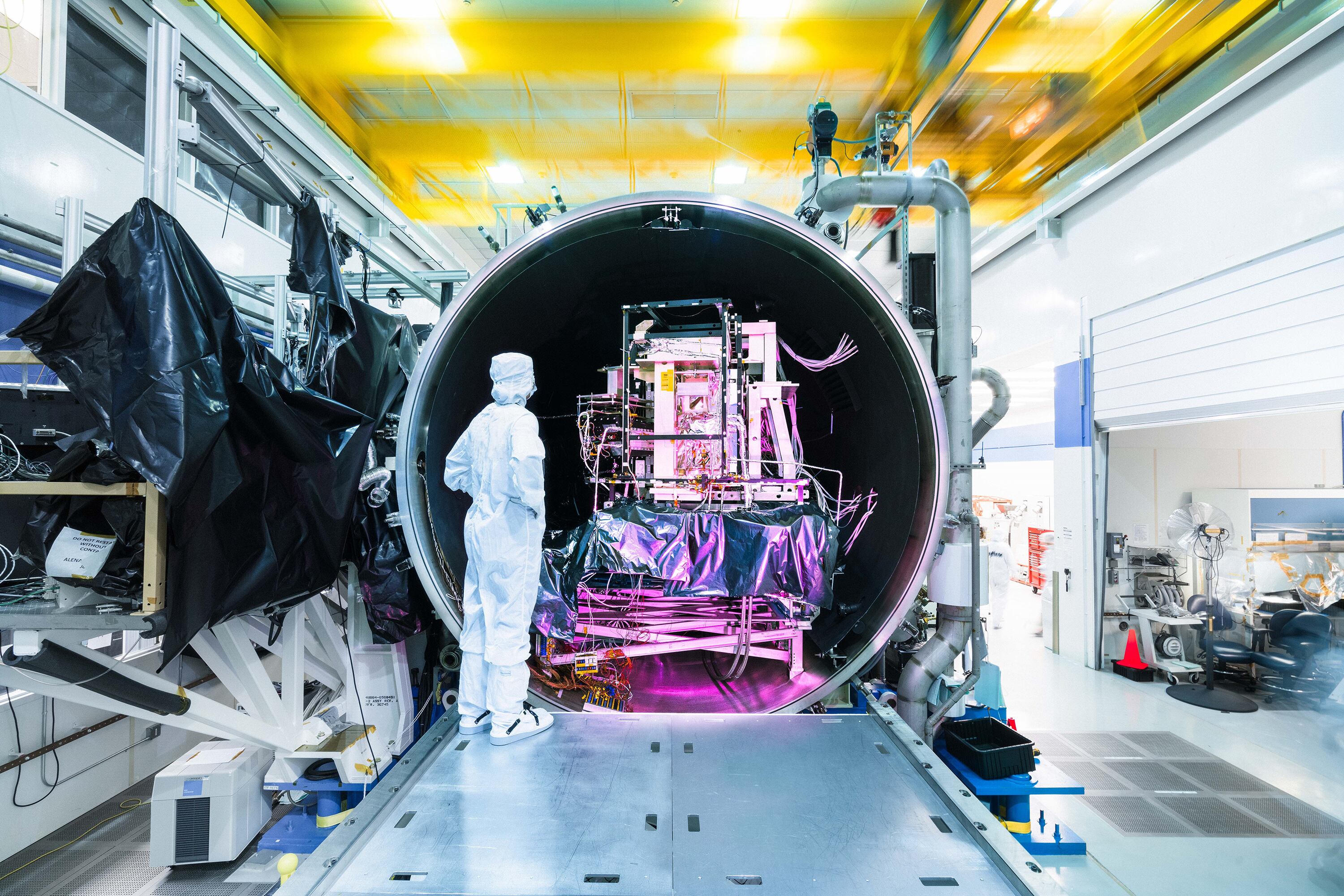WASHINGTON — NASA successfully launched NOAA’s latest polar satellite, the Joint Polar Satellite System-2, into orbit.
JPSS-2 carries Raytheon Intelligence & Space’s Visible Infrared Imaging Radiometer Suite sensor and is controlled by RI&S’ JPSS Common Ground System, the company said in a statement.
From 500 miles above the Earth, VIIRS collects day-and-night imagery across twenty-two bands of light to characterize emerging storm patterns and generates high-fidelity sea, land and atmospheric data for a variety of applications, including monitoring of wildfires, droughts, floods, vegetation health, algal blooms and other phenomena.
“VIIRS gives us the big picture” said Edmond Chung, program manager for RI&S. “This latest instrument will expand NOAA’s Earth observation capabilities, enhance forecasting and help us all better understand how our planet is changing.”
The JPSS-2 satellite joins the Suomi National Polar-orbiting Partnership satellite and NOAA-20, previously known as JPSS-1, in polar orbit. These satellites circle the Earth from the North Pole to South Pole 14 times daily, delivering weather data for both short- and long-term forecasting.
Composed of a global network of ground antennas and computers, JPSS-CGS provides mission planning, command and control and cloud-based data processing for all JPSS satellites. It also delivers data to partner weather and climate satellite systems controlled by the European Organization for the Exploitation of Meteorological Satellites, the U.S. Space Force and the Japan Exploration Aerospace Agency.





